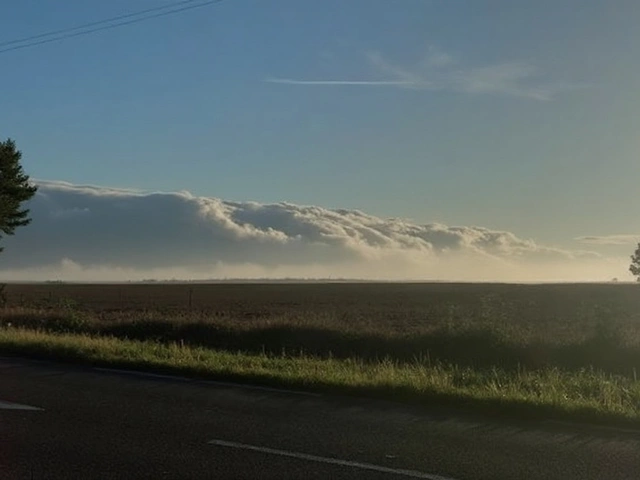Fuel Spillage: What It Is, Why It Matters, and How to Deal With It
Ever noticed a dark puddle near a car or a storage tank and wondered if it’s gasoline or diesel? That’s a fuel spillage, and it can turn a simple mess into a fire risk, a health hazard, and an environmental problem in minutes.
Why Fuel Spills Are Dangerous
Fuel is flammable, so any vapour that builds up can ignite with just a spark. That’s why you’ll hear the warning to keep flames, cigarettes, or even static electricity far away. Beyond fire, the chemicals in gasoline and diesel can seep into soil and water, harming plants, animals, and even the drinking supply. Breathing in fuel vapours can cause headaches, dizziness, or more serious respiratory issues.
What To Do Right Away
First, make sure you’re safe. If you’re near traffic, move away and warn others. Put on disposable gloves if you have them. Then, stop the source if you can – tighten a loose hose, turn off a pump, or ask a qualified person to shut a valve. Next, contain the spill. Use sand, kitty litter, or a commercial absorbent to create a barrier around the edges. This stops the liquid from spreading further.
After you’ve contained it, let the absorbent soak up the fuel. Once it’s saturated, scoop it up with a shovel or a sturdy piece of cardboard and place it in a sealed, fire‑proof container. Never pour the soaked material down a drain – it can pollute the water system. If the spill is larger than a few gallons, call your local environmental agency or a professional cleanup service. They have the equipment to handle soil removal, proper disposal, and de‑contamination.
Ventilate the area if you’re indoors. Open windows and doors, and keep any ignition sources turned off. If you feel light‑headed or notice a strong smell that won’t go away, step outside and get fresh air. If anyone shows signs of chemical exposure, seek medical help right away.
Prevention is the best strategy. Regularly check fuel tanks, hoses, and connections for cracks or wear. Keep containers tightly sealed when not in use. Store fuel in approved, labeled containers away from heat sources. If you run a business that deals with large volumes, have a spill‑response plan on hand and train staff to follow it.
Many regions have laws about how to store and dispose of fuel. Ignoring them can lead to fines, cleanup costs, and even criminal charges if the spill causes major damage. A quick online search for "fuel spill regulations" in your area will point you to the right authority.
In short, a fuel spillage isn’t just a sloppy mess – it’s a safety and environmental issue that needs an immediate, calm response. Keep the steps above in mind, and you’ll be ready to act fast, limit damage, and stay out of trouble.
Kieran Lockhart, Jul, 3 2025
Dartford Crossing Crash: Car and Lorry Collision Sparks Bridge Closure and Traffic Chaos
A crash between a car and a lorry shut the southbound Queen Elizabeth II bridge at Dartford Crossing on July 3, 2025, leading to heavy traffic disruptions. Recovery crews and investigators worked into the evening, with fuel spillage adding to delays. Motorists faced long queues and were urged to find alternate routes.
View More




